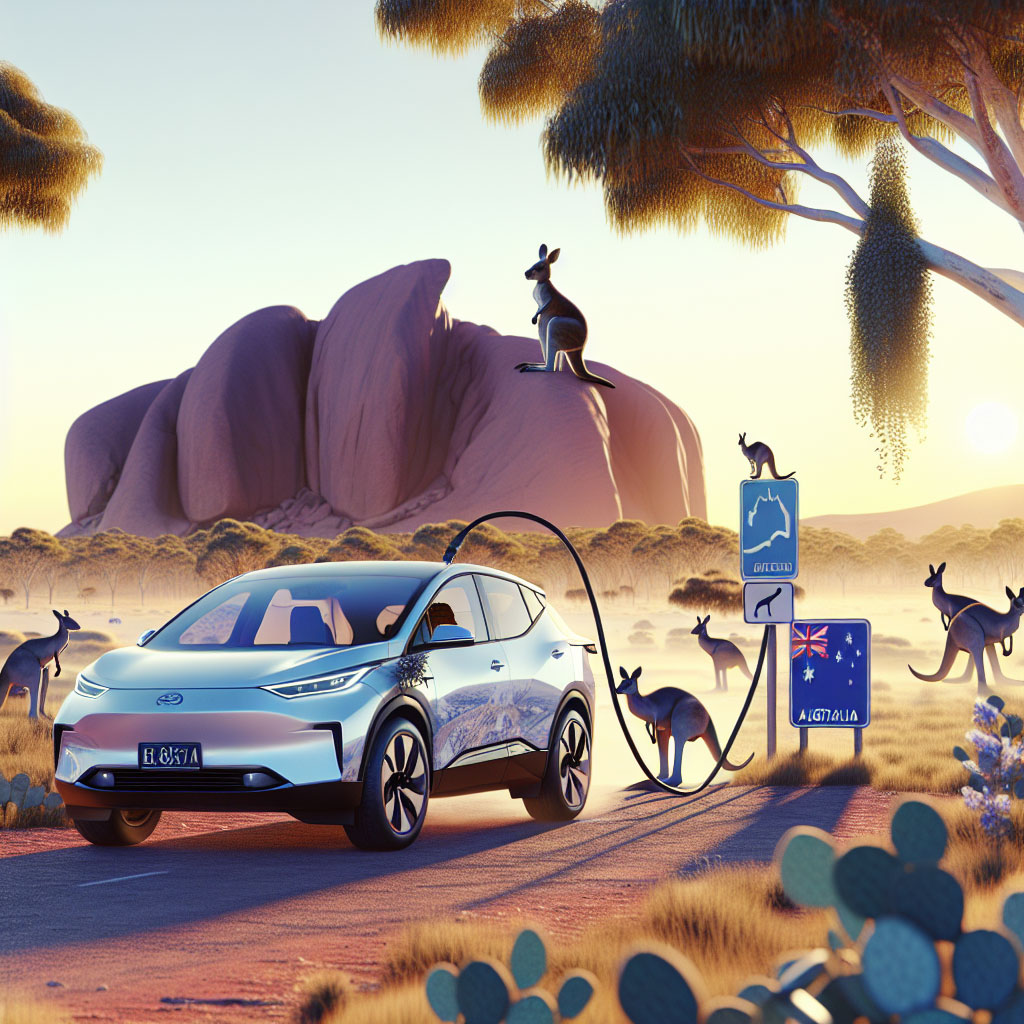
After a three-day economic roundtable in Canberra, Treasurer Jim Chalmers says there is broad conceptual agreement to move Australia toward a national road-user charging regime that would eventually replace the fuel excise. The plan, which is likely to begin with electric vehicles and roll out in stages, is set for further discussion with state and territory treasurers on 5 September.
A national model is expected to take cues from New South Wales’ proposed scheme. Early cost estimates suggest an annual bill of roughly $300-$400 for typical motorists, depending on kilometres travelled. However, the key details remain unsettled: whether the charge will fully replace fuel excise, the precise rates, and how and when it will apply to EVs and hybrids.
Why the shift is on the table
- Australia’s current fuel excise sits at 51.6 cents per litre, raising an estimated $15.71 billion in 2023-24 and projected to total $67.6 billion over the four years to 2026-27.
- As vehicles become more efficient and EV uptake grows, fuel excise revenue is forecast to decline. The 2024 federal budget already projected a $470 million fall over four years from 2024-25.
- Policymakers argue that a distance-based road-user charge is a fairer and more sustainable way to fund road infrastructure as the fleet transitions away from petrol and diesel.
What’s being considered
- Staged rollout: The government is examining a phased approach, beginning with a trial for trucks before broader application to passenger cars.
- Time-of-use signals: Officials are considering whether charges could vary by time of day or route to help manage congestion, particularly on major freeways.
- National consistency: States are preparing an options paper, with the Commonwealth aiming for a unified framework to avoid a patchwork of different rules.
What remains unclear
- Timing and scope: There is no firm guidance yet on start dates for EVs and hybrids, nor clarity on whether the fuel excise will be fully retired.
- Charging model: While there is conceptual support for distance-based charging, the exact structure and rate are still to be negotiated.
- Revenue use: The Australian Automobile Association supports a national, distance-based approach but wants revenue ringfenced for road funding.
Where the states stand
- New South Wales has firm plans to introduce a road-user charge from 2027, or earlier if EVs reach 30 per cent of new car sales. Plug-in hybrids would pay a proportion of the full charge to reflect their dual energy use.
- Western Australia has signalled its intention to follow suit.
- Victoria’s EV levy was struck down by the High Court after owners challenged it as an excise beyond state powers.
- South Australia previously proposed a charge, delayed it amid backlash, and ultimately repealed the legislation.
Competing views and equity considerations
- EV owners currently avoid fuel excise, contributing to the push for a new model that captures all road users.
- Victorian Treasurer Tim Pallas has argued EVs are generally heavier and may contribute more to road wear.
- The Productivity Commission has previously supported user-pays principles to send clearer price signals and improve the efficiency of road use.
What EV owners should expect
- A shift from “free ride” to user-pays: EV drivers are likely to be first in line for a phased-in charge.
- Mileage matters: Indicative annual costs of $300-$400 will vary with how much you drive, and potentially when and where you drive if congestion pricing is adopted.
- A clearer timetable soon: Further detail is expected after the Treasurer’s 5 September meeting with state and territory counterparts.
Conclusion
Australia is edging toward a new era of road funding, with strong support emerging for a national road-user charge that better reflects how-and how much-we use the network. While EV drivers are likely to feel the change first, a distance-based system is being designed to eventually apply across the fleet as fuel excise declines. The core questions-timing, rates, technology, and revenue use-are now squarely in the hands of federal and state treasurers. Watch September’s meeting for concrete decisions that will shape how Australians pay for roads over the coming decades.
FAQs
What is a road-user charge?
A road-user charge is a payment based on how much you drive, and potentially when and where, rather than how much fuel you buy. It is being explored as a replacement for fuel excise.
When will it start for EVs?
Not yet confirmed. The Treasurer will meet state and territory treasurers on 5 September to progress the model and timeline. A staged rollout starting with heavy vehicles has been flagged.
How much will it cost?
Indicative modelling based on the NSW approach suggests around $300-$400 per year for typical drivers, depending on kilometres travelled. Final rates and design are still to be settled.
Will it replace fuel excise entirely?
That is the long-term intent under discussion, but there is no final decision yet on whether and how fuel excise will be phased out.
Will hybrids be included?
Yes, hybrids are likely to be included, though the rate and structure may differ from pure EVs. NSW, for example, has proposed a proportionate charge for plug-in hybrids.
How will congestion pricing work?
Officials are considering time-of-day or route-based pricing to manage congestion, but no model has been finalised.
What do motorists’ groups want?
The Australian Automobile Association supports a national, distance-based charge but wants revenue dedicated to road maintenance and upgrades.
Why did Victoria’s EV tax get struck down?
The High Court found the state’s levy amounted to an excise, which only the Commonwealth can impose. This is one reason a national approach is now in focus.
About EV Evolution
EV Evolution is the leading online platform dedicated to Australian electric vehicle owners and enthusiasts. We foster a vibrant community, delivering essential EV news and insights, and enhancing user engagement through our innovative, AI-powered chatbot for dynamic discussions. Our mission is to empower Australian electric vehicle owners and enthusiasts by fostering a vibrant, AI-driven online community that connects, informs, and advances the nation’s electric vehicle landscape.




